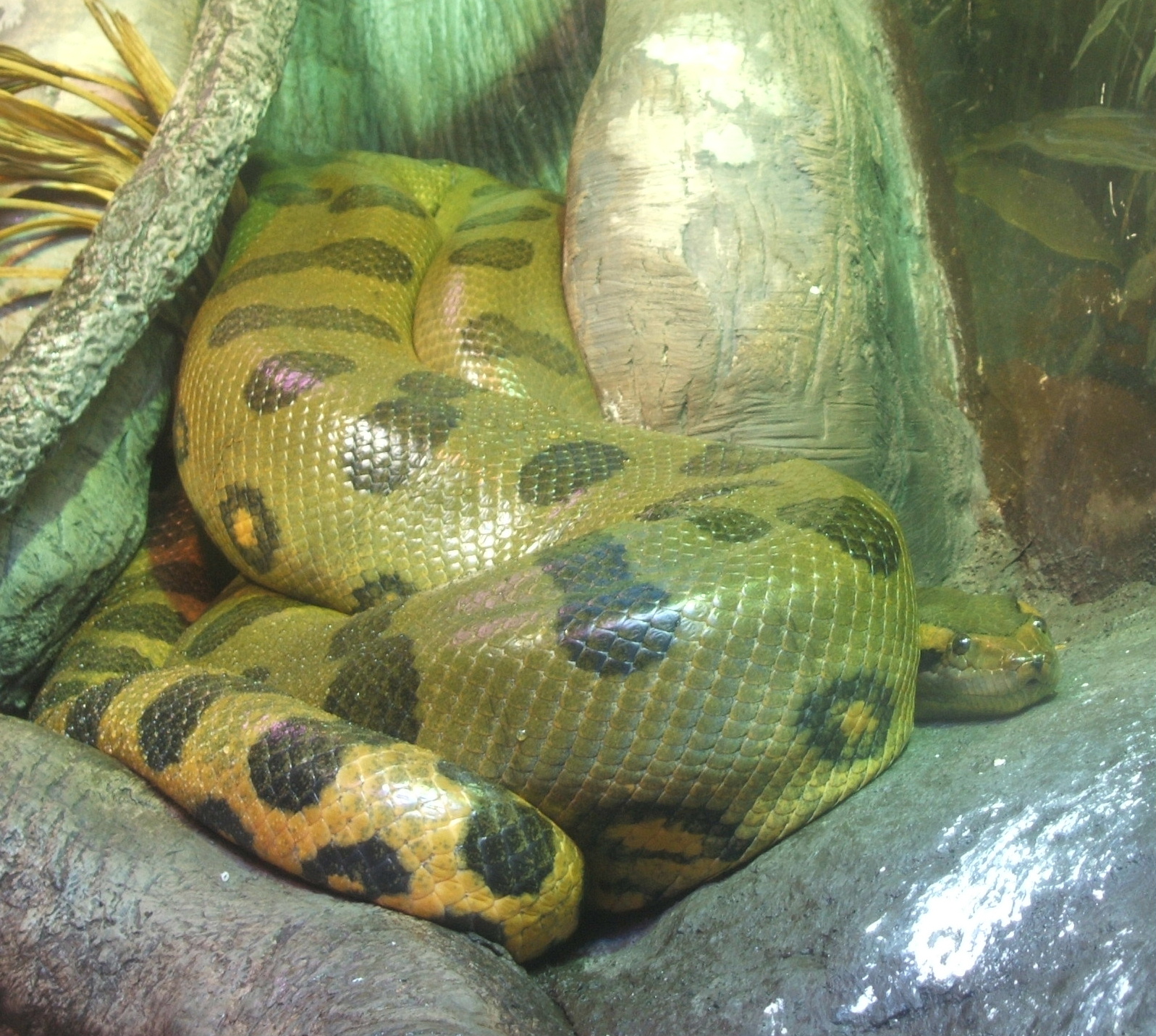As humans have moved around the world, it was inevitable that animal species would move as well. These new species would sometimes die out in the new place, not adapted to the different vegitation or climates.But other times they would decimate the area, killing all of another native species or proliferating to a point that they became an overly-common pest. Then humans began intentionally moving species in an attempt to remove another species, and that worked too well all too often.
Slowly, humans became smarter, genetically altering species to suit their needs, instead of moving them from another area of the world. They began containing these new species, keeping them in laboratories, on fenced reserves, or in contained man-made lakes. If they were released in the wild, they were altered so that they could not reproduce, ensuring that they would not dominate the area.
A new species of fish has been created for comercial fish farming, but scientists have their fears about allowing these fish to grow outside closely supervised and regulated aquariums in labs. They have proven to grow faster than regular fish with less food and are more resistant to toxins. If these fish were to escape into the wild and infiltrate aquatic ecosystems anywhere in the world, history could soon repeat itself. Although the technology is there, scientists are reluctant to allow the farmers to begin breeding the fish, for despite the fact that it would save farmers alot of overall money, the risk would be great. It only takes a pair of fish to ruin an entire ecosystem. Simulations have been made and the overall outcome has time and time again been proven unfavorable.
For more information on the topic please see the below link under 'For Further Information Try:' labeled Risks Involved With Transgenic Fish.
-
bexchada


















